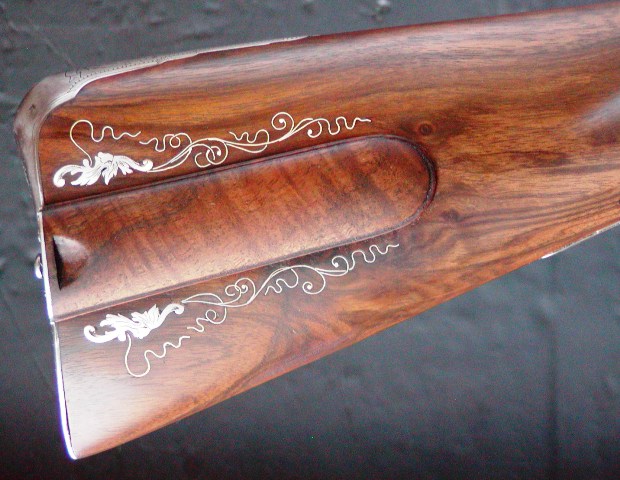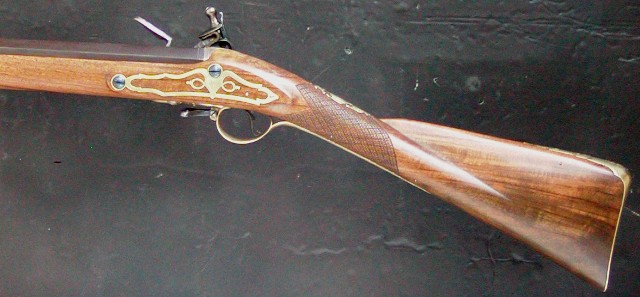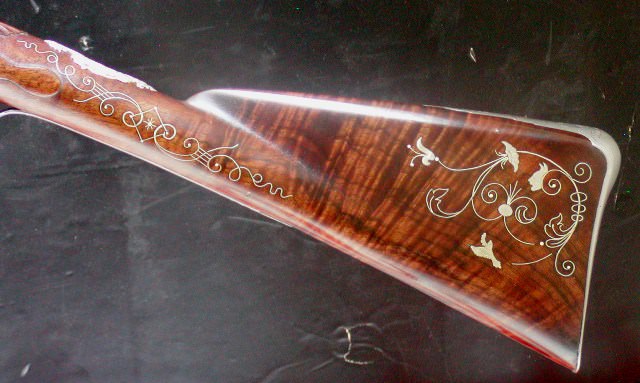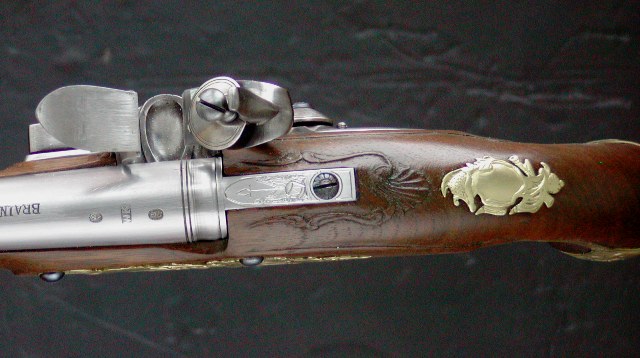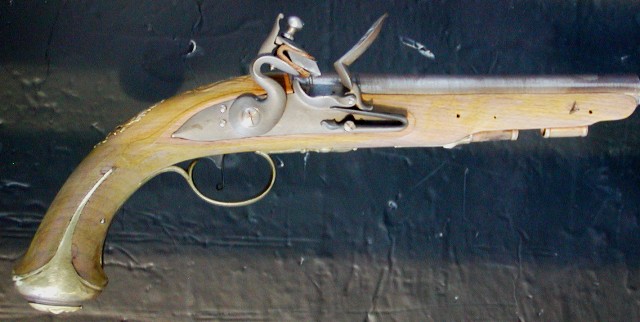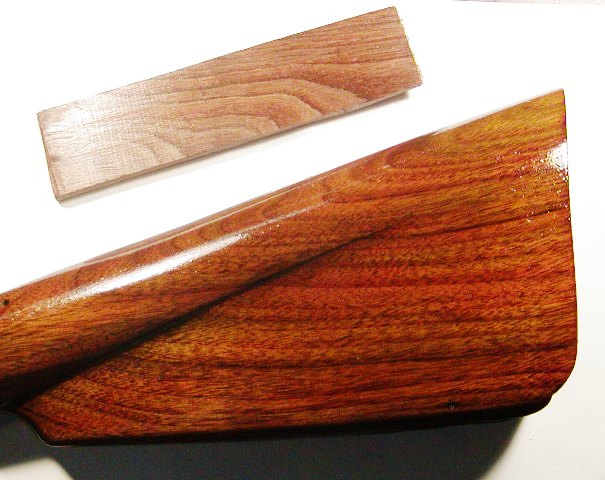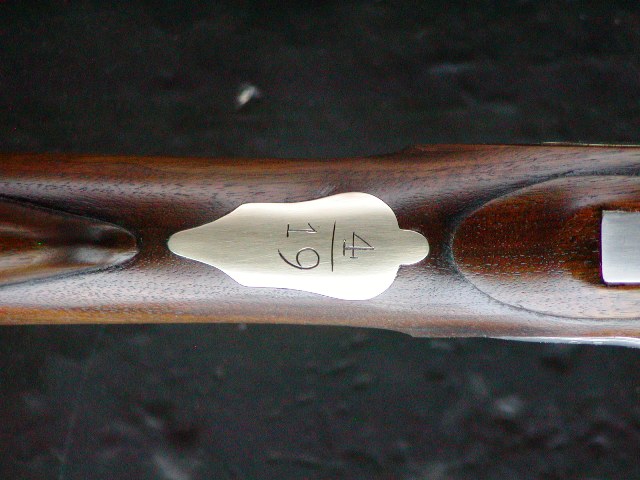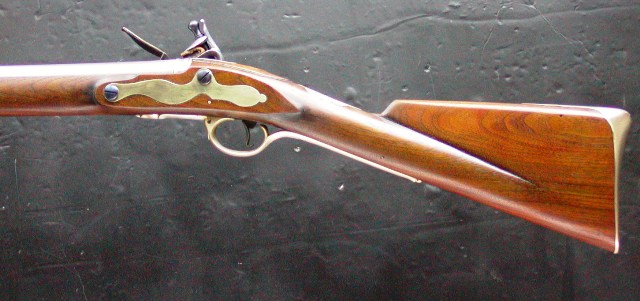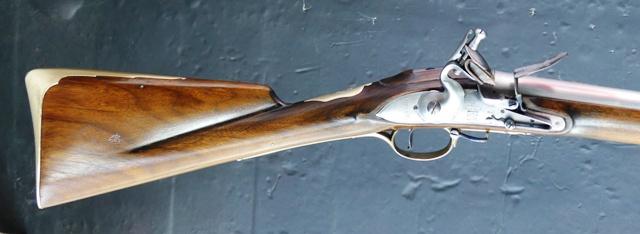Hello all,
I have went over my woodsrunner stock twice with 150 grit and the grain seems very open to me. There are little crevices or voids in the wood so to speak. Is this normal? I don't want to sand it too much with this coarse paper. It is smooth but the little voids are still there. This is my very first kit, and first time finishing walnut, so I'm sorry if this question seems silly to some. The advice is always very much appreciated.

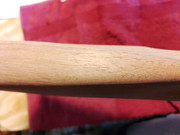
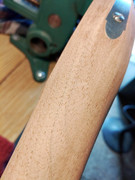
I have went over my woodsrunner stock twice with 150 grit and the grain seems very open to me. There are little crevices or voids in the wood so to speak. Is this normal? I don't want to sand it too much with this coarse paper. It is smooth but the little voids are still there. This is my very first kit, and first time finishing walnut, so I'm sorry if this question seems silly to some. The advice is always very much appreciated.







